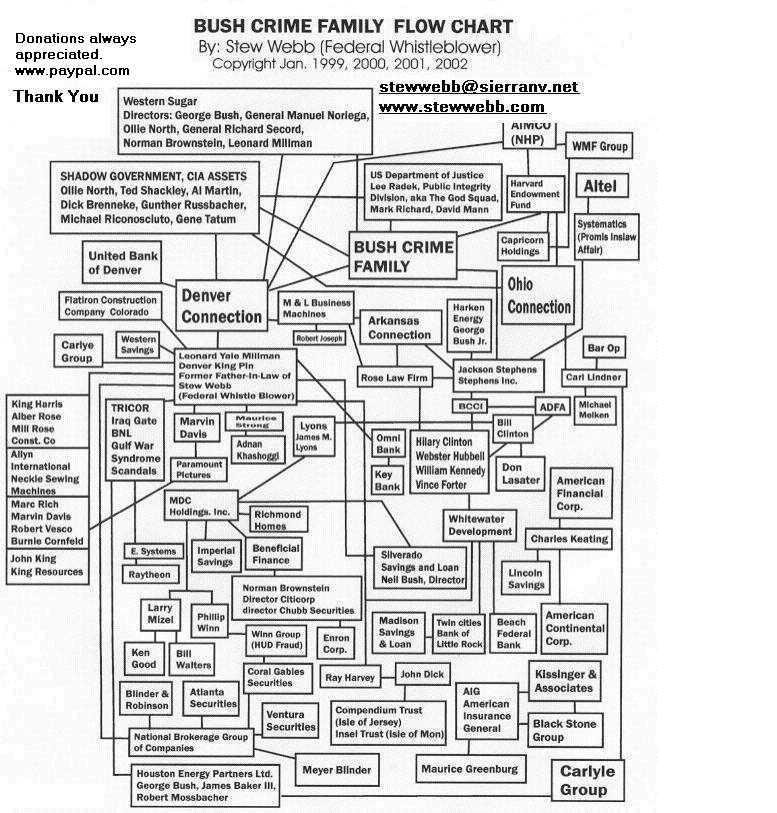


Rabbi Abraham Finkelstein reveals the truth about Jews.
Jews are different than the Hebrews
Biblical Israelite’s are Hebrews which today are the Palestinians.
Christ Killers were the Fake Jews the Caninites
Read Genesis 3:23
Genesis 6: Humans mate with Fallen Angels and create the Canines blood like also known as the Jews.
Jewish Genome
Department of Mental Health, Johns Hopkins University Bloomberg School of Public Health, Baltimore, MD, USA, 21208.
http://gbe.oxfordjournals.org/content/early/2012/12/14/gbe.evs119.full.pdf
Highlight: Out of Khazaria—Evidence for “Jewish Genome” Lacking
http://gbe.oxfordjournals.org/content/5/1/75.full
Hebrew language and Jewish culture have been around for thousands of years. For much of that history, the Jews managed to maintain their heritage and cultural identity in the absence of a geographical state. Wanderings, settlements, and dispersal were thus a big part of their history. Is evidence for that history preserved in genome data?
Eran Elhaik, a geneticist at the Johns Hopkins School of Public Health, thinks so. In a recently published study in Genome Biology Evolution(Elhaik 2012), he is calling for a rewrite of commonly held assumptions about Jewish ancestry. Instead of being primarily the descendants of the 12 tribes of Israel, present-day Jewish populations are, finds Elhaik, primarily the children of a Turkish people who lived in what is now Russia, north of Georgia, east of Ukraine. This civilization, the Khazars, converted from tribal religions to Judaism between the 7th and 9th centuries.
The controversy cut into by Elhaik’s work runs deep, far past the lab bench. Among some circles, his conclusions are bound to be unpopular. “This is the first scientific paper to prove the Khazarian Hypothesis and reject the Rhineland Hypothesis,” he says, “and with it about 40 years of research.” Although his findings will not be welcome in all circles, Elhaik’s interest is more medical than political.
“All I want is to help my colleagues who are studying genetic disorders,” he says. “I hope this work will open up a new era in genetic studies where population stratification will be used more correctly.”
Jewish populations are used in many disease studies because of their presumed genetic homogeny. Some conditions, such as Tay–Sachs disease, are more common among select Jewish populations than other populations. However, Elhaik says, the acceptance of a flawed origin narrative is hampering the best science.
For several decades, two hypothetical backgrounds of present-day European Jews have seemed plausible to historians and geneticists. In the favored “Rhineland Hypothesis,” Jews descended from Israelite–Canaanite tribes who left the Holy Land for Europe in the seventh century, following the Muslim conquest of Palestine. Then, in the beginning of the 15th century, a group of approximately 50,000 left Germany, the Rhineland, for the east. There they reproduced rapidly, in a kind of “hyper–baby boom.” Their breeding outpaced their non-Jewish neighbors by an order of magnitude—despite disease, persecutions, wars, and economic hardship—ballooning to approximately 8 million strong by the 20th century. Under this history, European Jews would be very similar to each other and would have Middle Eastern ancestry.
Several scholars prefer the “Khazarian Hypothesis,” Elhaik included. This suggests the Jewish-convert Khazars, with reinforcements from Mesopotamian and Greco-Roman Jews, formed the basis of Eastern Europe’s Jewish population when they fled northeast, following the collapse of their empire at the 13th century.
Elhaik first became fascinated by this idea 10 years ago when reading Arthur Koestler best-selling book The Thirteenth Tribe, published in 1976. Koestler calculated that Jews could not have numbered 8 million in Eastern Europe without the Khazar contribution. Upon reading his ideas, “I couldn’t wait for genetic data that would allow someone to publish an evaluation of this hypothesis,” says Elhaik.
When Behar et al. published “The genome-wide structure of the Jewish people” in 2010, Elhaik decided to investigate the question that had intrigued him for so long. Using data published by Behar, he calculated seven measures of ancestry, relatedness, and geographical origin. Though he used some of the same statistical tests as prior studies, he chose different comparisons.
“Results in the current literature are tangled,” Elhaik says. “Everyone is basically following the same assumption: Ashkenazi Jews are a population isolate, so they are all similar to one another, and this is completely incorrect.”
Previous studies had, for example, combined the question of similarity among and between Jewish populations and the question of ancestry and relatedness to non-Jewish populations. Elhaik viewed these questions separately. Jewish communities are less homogeneous than is popularly thought, he says, with Jewish communities along the former Khazarian border showing the most heterogeneity.
His second question centered on ancestry: When comparing Jewish communities to their non-Jewish neighbors, Caucasus or Levant (Middle Eastern) populations—which is the closest to Jews? “All Eurasian Jewish communities are closer to Caucasus populations,” he writes, with Central European Jews closer to Italian non-Jews as the exception. Not one of the eight evaluated Jewish populations were closer to Levant populations.
“I had the hardest time clearing myself from the mindset (of previous work),” Elhaik says. “I was on the train, thinking hard, when it came to me how to separate the questions. It was a great moment.” However, it would be a mistake, Elhaik says, to conclude present-day Jews have nothing to do with the ancient Judeans. “I found a signature of the Middle East. I’m not certain whether it suggests Judean or Iranian ancestry, but it’s there.” Iranian, as well as Judean, Jews began joining the Khazarian empire as early as the 5th century B.C.E. “It might be strange given today’s political situation, but it makes a lot of historical sense.”
For Shlomo Sand, history professor at Tel Aviv University and author of the controversial book The Invention of the Jewish People, Elhaik’s paper was a vindication of his long-held ideas.
“It’s so obvious for me,” says Sand. “Some people, historians and even scientists, turn a blind eye to the truth. Once to say Jews were a race was anti-Semitic, now to say they’re not a race is anti-Semitic. It’s crazy how history plays with us.“
“There is no Jewish genome and certainly no Jewish gene,” says the Israeli-born Elhaik. Instead, all humans are a mix of the same building blocks, built with slightly different architectures. “The confusion about European Jews results from their tragic history of persecutions and deportations, creating multiple links between ancestry and geography. By dismantling our notions of genetically distinct populations and understanding our kinship, we can better appreciate our common history, and more importantly, our shared future.“
- © The Author(s) 2013. Published by Oxford University Press on behalf of the Society for Molecular Biology and Evolution.
This is an Open Access article distributed under the terms of the Creative Commons Attribution Non-Commercial License (http://creativecommons.org/licenses/by-nc/3.0/), which permits unrestricted non-commercial use, distribution, and reproduction in any medium, provided the original work is properly cited.
Related to Hillary Clinton:
Hillary Clinton Lesbian Lover Huma Abedin Indicted
http://www.stewwebb.com/2016/03/02/hillary-clinton-lesbian-lover-huma-abedin-indicted













.jpg)

